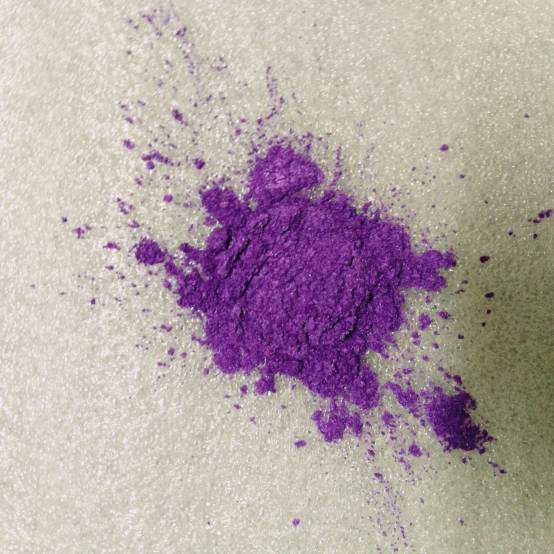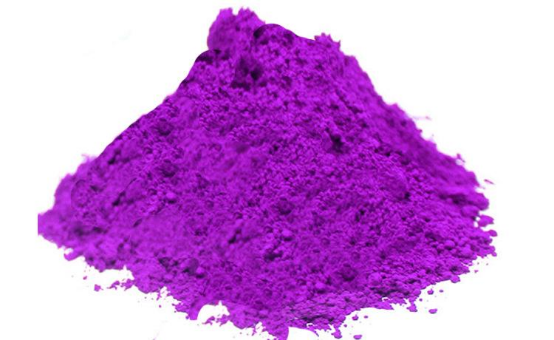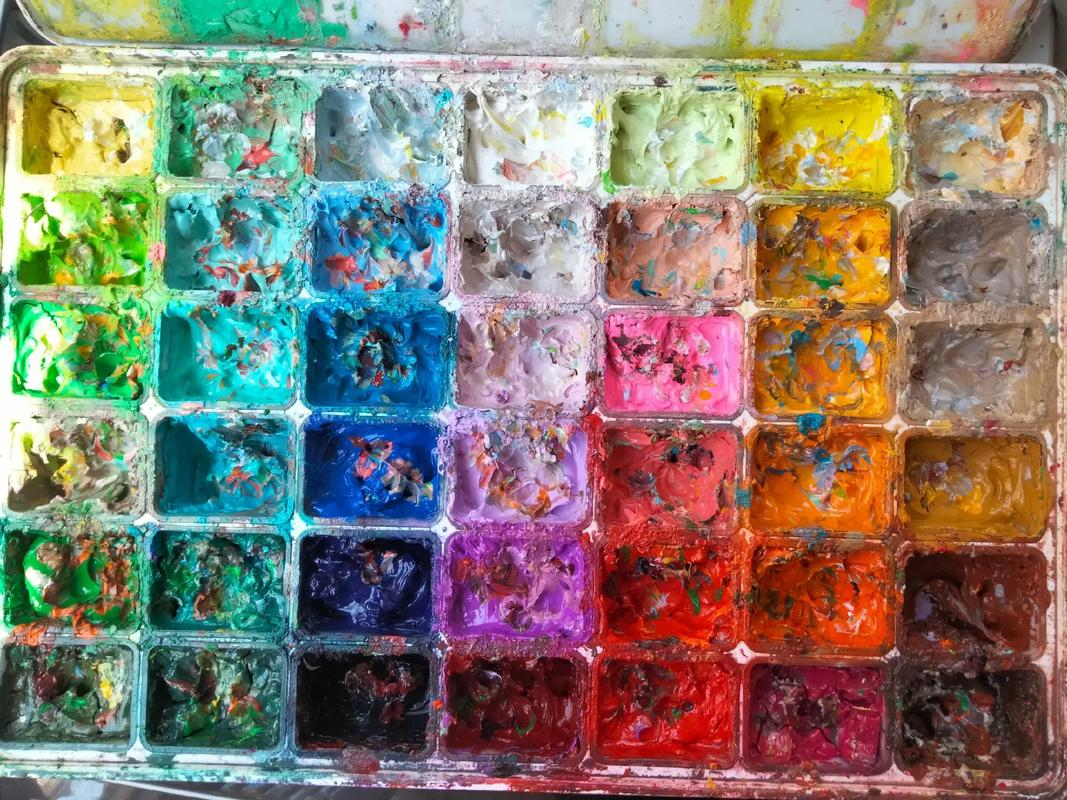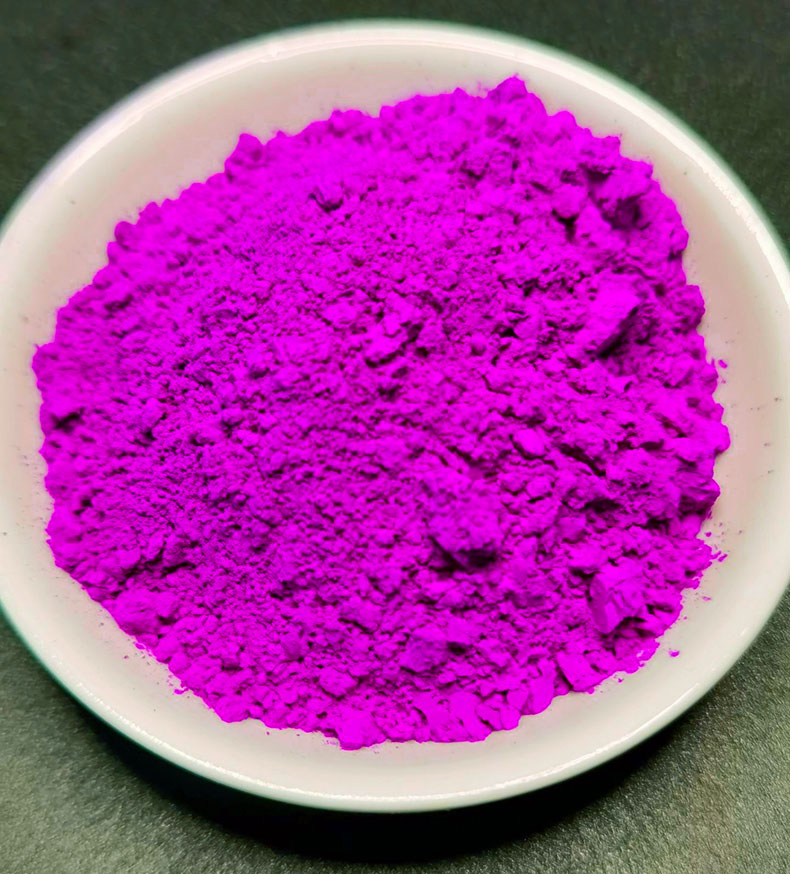Purple dye, an epochal discovery
The product of coal tar
In 1856, 18-year-old William Perkin attempted to synthesize quinine from coal tar in a humble laboratory at his home. At that time, quinine was the only treatment for malaria, and it was prepared by grinding the bark of the cinchona tree in the tropics (hence the name cinchona cream), so the price was ridiculously high. But coal tar is cheap. Coal tar is a by-product of coal burning, and at that time, most people poured the coal tar left over from coal burning into nearby rivers. German chemist Von Hofmann of the Royal College of London studied coal tar deeply, and he knew that coal tar contains carbon, hydrogen, nitrogen and other elements, and has great potential in the synthesis of amino compounds. Quinine is a basic amine, which contains amino groups, so von Hofmann speculated that quinine could be made from coal tar.



As von Hofmann's assistant, Perkin wanted to impress his teacher, and he wanted to see if he could synthesize quinine. He failed.
In an attempt to synthesize quinine, Perkin oxidized aniline extracted from coal tar with potassium dichromate, resulting in a black gunk in the flask. And quinine should be colorless. Perkin cleaned it with alcohol and found a beautiful purple solution in the flask, which he realized must have been some kind of chemical reaction taking place, but he was aiming for quinine and was not interested in chemical reactions beyond that. Later experiments found that the purple solution was easy to dye on clothing and was not easy to clean, and Perkin paid attention to the purple substance, which he recorded as "resistant to atmosphere, light and soap." In fact, the key component of Perkin's purple solution was aniline purple, and his results meant that the world's first synthetic dye was born. This was an unexpected discovery, not only the results were contrary to expectations, but he later found that the aniline in the reaction raw material had actually been contaminated by toluidine, and the two substances were oxidized together to produce purple substances. Perkin quickly applied for a patent, and immediately got his father to fund a factory with his brother to commercialize the purple dye. Along with the mass production of purple dye, purple clothing was all the rage in the 1850s, and beauty-loving ladies were obsessed with this pretty color. The advent of this fashion trend is benefiting from a major feature of aniline purple - cheap.
But Perkin's work is more important. The discovery of aniline purple laid the foundation for the organic chemistry industry. Although purple is no longer popular, textile dyeing technology has made great progress, which has also led to the development of the organic chemistry industry. In honor of Perkin's contributions, the American Chemical Industry Society began awarding the Perkin Medal in 1906 (the 50th anniversary of the discovery of aniline purple) to scientists "who have made innovations in applied chemistry that have led to commercial breakthroughs." This is still the highest honor in the chemical industry.
Purple, born noble
It needs to be mentioned here why purple is associated with nobility and abundance.
Both at home and abroad, purple is the imperial and royal color. For example, the Forbidden City in Beijing is also known as the Forbidden City. In ancient China, there were also "purple terrace" (imperial residence) and "purple edict" (imperial edict). In the West, the rulers of the Byzantine Empire used purple as a royal color, and the British royal family still uses purple as a ceremonial color for special occasions.
The reason is that purple dyes are too scarce. Naturally purple dyes are hard to find on Earth. The earliest use of purple may have been in frescoes, where scientists have found purple marks made by humans using manganese minerals in Neolithic caves. From 1500 BC to 1200 BC, the Phoenicians first found a natural purplish-red dye, known as Tyre purple or Phoenician purple, extracted and processed from the mollusk bone snail. The ancient Roman natural philosopher and naturalist Pliny the Elder, in his Natural History, described the process of making Phoenician purple as cumbersome and stinky. Moreover, Phoenician purple obviously cannot be mass-produced - some scholars have calculated that 12,000 snails can produce 1.4 grams of dye, just enough to embellish clothes. "Things are rare and valuable", and purple has therefore become a symbol of noble status.
Modern scholars have analyzed that the Phoenicians used several species of bone snails, all from the Mediterranean region, such as dyebone snails, ringed bone snails, they belong to the Marine gastropod. The secret of purple comes from the oxidation of the mucous secretions of the whelks to produce 6,6 '-dibromoindigo, which is the component that shows purple.
Bird droppings changed the world
Over time, people around the world found different natural ingredients of purple, such as lichen, cochineal, moss, blackberry, etc., and developed some synthetic dye technologies. By the early 1850s, though no longer so rare, purple was still a fashionable, noble color.
In Britain at the time, the source of the purple dye was ammonium purpurate, known as murexide in honor of the bone snail (English name murex), which was nearly extinct in the West after a killing spree. The ammonium purpurate used by the British is extracted from bird droppings, and imported bird droppings.
In the early 19th century, German scientist and explorer Alexander von Humboldt discovered that guano is rich in nitrogen, phosphorus, potassium and other elements, and has a high fertilizer value. The dry natural environment makes the guano there the best natural fertilizer. He took the discovery back to Europe, and soon all Europeans knew about the treasure. Later, scientists discovered that dyes could be extracted from bird droppings.
When guano was imported into Europe, the situation in agriculture, textiles, fashion and other industries changed. French manufacturers took the lead in preparing purple dye through guano, and then Britain and Germany also began to use ammonium purpurate in large quantities. However, the promotion of this dye in London is not good, because London's air pollution is very serious, there are a lot of sulfur-containing pollutants in the air, and ammonium purpurate is easy to fade after reaction with sulfur. In contrast, Perkin's invention of aniline purple was better and cheaper, and thus quickly broke the monopoly. Later, the exploration of dyes allowed people to use aniline red, aniline blue, etc., and von Hofmann also developed Hoffman violet... Together, they are driving the development of the organic chemistry industry, which has changed every aspect of the world.













